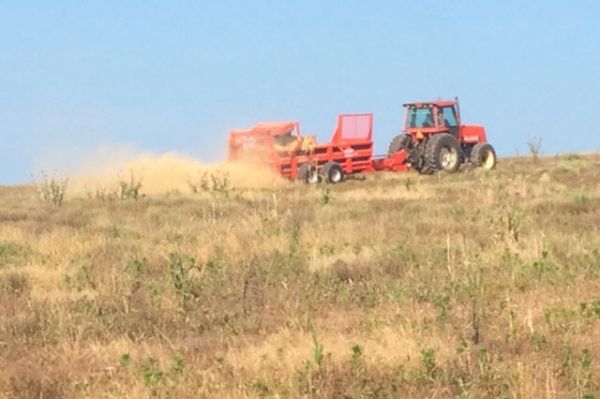A recent paper in Agrosystems, Geosciences & Environment examines the possible benefits of a new kind of crop fertilizer. Researchers from the University of Tennessee Institute of Agriculture, along with collaborators from DuPont, USDA, MetCorps, and Oklahoma State University, studied two fields of maize (Zea mays L. var. indentata): one plot treated with heat-inactivated spent microbial mass (SMB), and one plot treated with a typical farmer fertilizer practice. SMB is a biotechnology waste byproduct that can provide nutrients contained in conventional fertilizers. Over the course of one year, researchers measured the net ecosystem exchange of carbon dioxide (net CO2 emissions) between the crop surface and atmosphere of the two plots. Researchers also measured yields of maize over two growing seasons, in addition to changes in soil carbon over 1.7 years.
“Reusing industrial biotechnology by-products has become an important component of circular bio-economies,” says Deb O’Dell, lead investigator. During the research, O’Dell was a graduate research assistant in the Department of Biosystems Engineering and Soil Science, working under the guidance of co-author and soil science professor Neal Eash. “When nutrient-rich wastes are returned to agricultural land, soil fertility improves and crop productivity increases,” says Eash. “Also, re-using waste streams can reduce greenhouse gas emissions and improve soil fertility, which could generate greater environmental benefits as well.” James Zahn of DuPont Tate & Lyle Bio Products, LLC, adds that, “Applying the rich source of nutrients in DuPont's biotechnology waste to agriculture has potential not only to replace mineral fertilizers but to enhance the soil and improve agricultural production.”
Continue reading at University of Tennessee
Image via University of Tennessee


